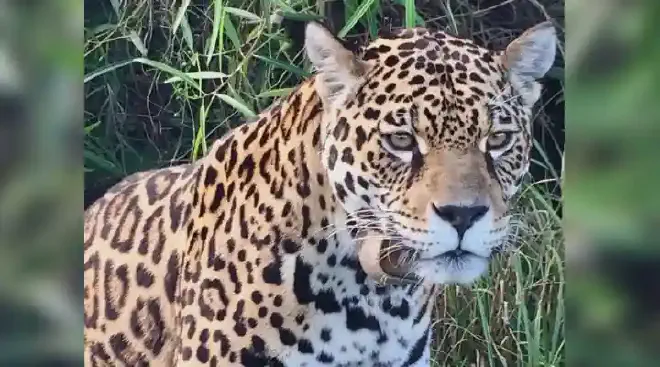

Biodiversity is important for human beings, especially for the services that ecosystems provide to people, linked, among other things, with the pollination of plants-and, therefore, with the production of food-, as well as with the purification of air and water, and the regulation of the climate. So, top predators, those species located at the top of the food chain, fulfill a key role in the support of the balance of ecosystems to regulate the populations of herbivores and other dams, thus avoiding the overexploitation of fundamental resources. In addition, these major species, often of great fragility, acquire an important cultural value for local communities, as happens, for example, with the Yaguareté (Panthera onca) in the Misiones province jungle, in Argentina, and can become important tourist attractions, with the consequent of incomes and jobs generation.
Facing the threat of species extinction, scientific studies Ecology in the field, also those who focus on obtaining more information about the genomics and evolution of these animals, as well as on their molecular mechanisms of fertilization and reproduction. To better understand all these aspects of animals biology could be fundamental when developing better conservation strategies.

A recent molecular study of CONICET specialists at the Institute of Biology and Experimental Medicine (IBYME, CONICET-F-IBYME) acquires importance on the evolution of a group of reproductive proteins in carnivorous animals (carnivora order). This work reaffirms the hypothesis, already suggested in the literature, about the laxity of interspecific barriers intersection between the species of large cats or pantinos (Pantherinae subfamily), which would make possible their hybridization, that is, the cross between individuals of different species within the subfamily. This is important in terms of conservation, since, in general, these are fragile and threatened species, such as the Yaguareté. Other species of current Ponterinos family are: the lion, the snow leopard, the tiger and the leopard. The work led by the researcher Patricia Saragüeta, and whose first authors are the researcher Francisco Pisciottano and doctoral fellow Clara Campos, was published in the Molecular Ecology magazine.
Citation #
Referencia bibliográfica
Pisciottano, F., Campos, M. C., Penna, C., Bruque, C. D., Gabaldón, T., & Saragüeta, P. (2024). Positive selection in gamete interaction proteins in Carnivora. Molecular Ecology, e17263. https://doi.org/10.1111/mec.17263

